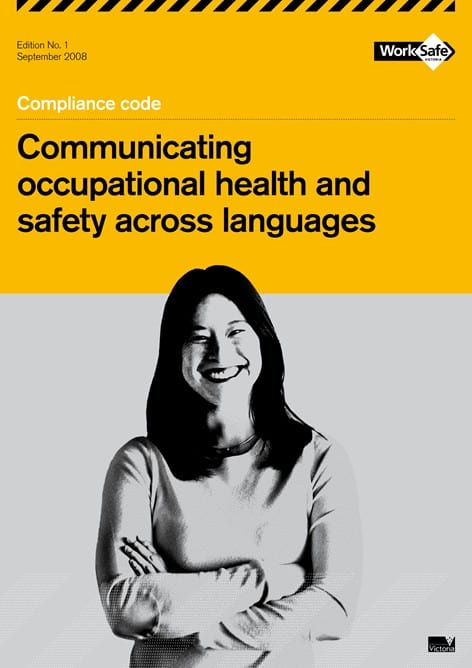Victoria’s WorkHealth program is due to roll-out its next stage of worker health assessments. However, the program has been seriously curtailed by the failure of its funding model. According to The Age newspaper on 18 may 2009, employer associations have begun to withdraw their support compounding the embarrassment to the Premier, John Brumby, who lauded the program in March 2008.
The Master Builders Association will not be supporting the program due to WorkHealth’s connection with WorkSafe. The Victorian Automobile Chamber of Commerce (VACC) thinks likewise. There are concerns over the privacy of worker health records and that data from health checks may affect worker’s compensation arrangements or future claims.
The VACC is also concerned that employers will be blamed for issues over which they have little control – the health of their workers.
Many of these concerns could have been addressed by locating WorkHealth in the Department of Health, where health promotion already has a strong role and presence. It is understood that the funding of WorkHealth from workers compensation premium returns on investment caused the program to reside within the Victorian WorkCover Authority. There has also been the suggestion that WorkHealth was a pet program of the WorkCover board.
The program aims of free health checks for all Victorian workers was admirable and still achievable but the program was poorly introduced, poorly explained, based on a flawed funding model and now seems to be, if not dead, coughing up blood.


 The trap for producing localised guides is that recommendations may be made that are out-of-place, difficult to implement and, ultimately, question the credibility of the document. WorkSafe fell for this trap by specifying some recommendations for the legitimate control measure of “social distancing”.
The trap for producing localised guides is that recommendations may be made that are out-of-place, difficult to implement and, ultimately, question the credibility of the document. WorkSafe fell for this trap by specifying some recommendations for the legitimate control measure of “social distancing”. The guide does recommend social distancing as part of a risk management process but “prohibiting handshaking, kissing and other physical contact in the workplace”? “Discontinuing … informal spontaneous congregations”?
The guide does recommend social distancing as part of a risk management process but “prohibiting handshaking, kissing and other physical contact in the workplace”? “Discontinuing … informal spontaneous congregations”?